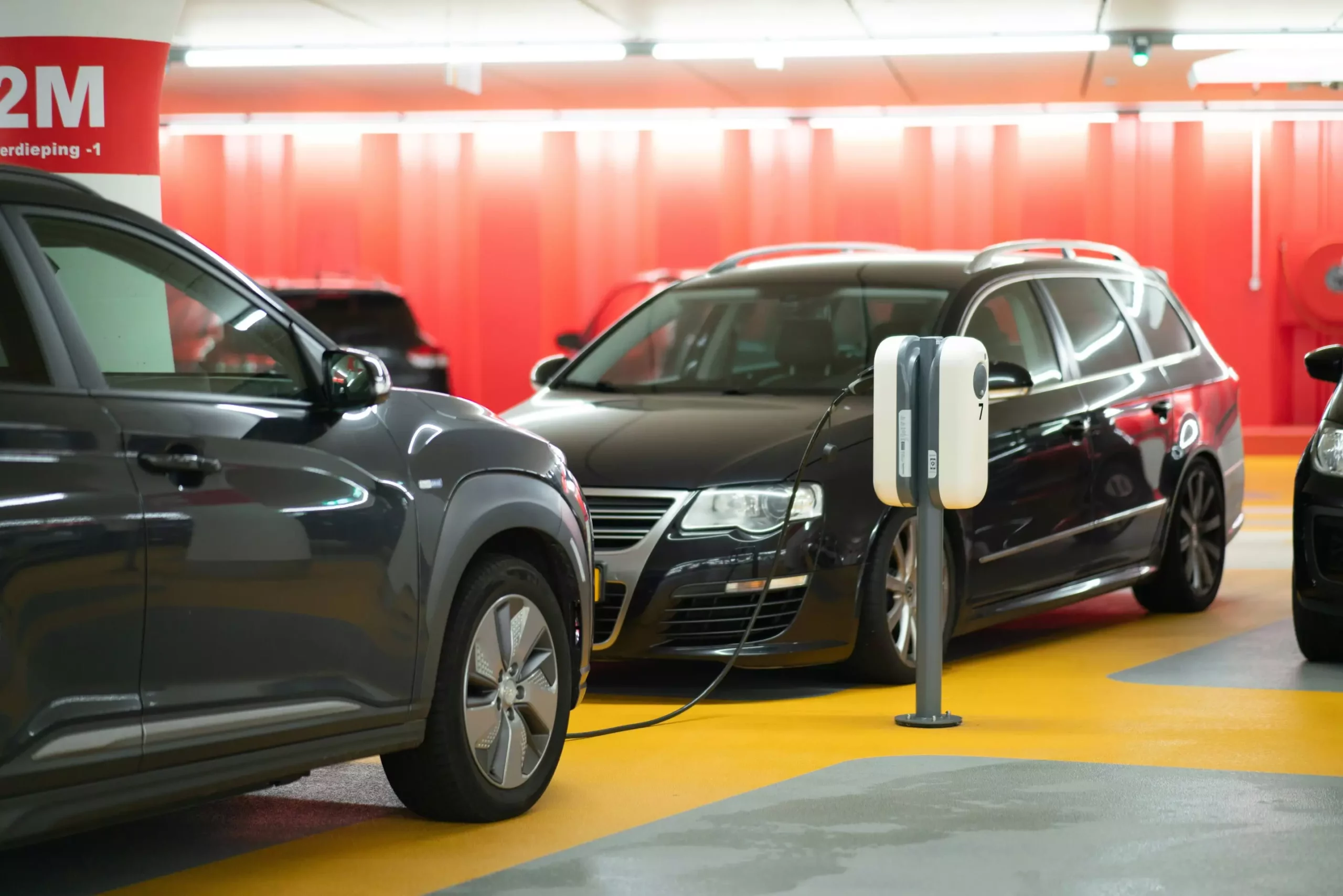The automotive industry in the United States is undergoing a significant transformation as the nation seeks to reduce carbon emissions and combat climate change. However, a recent study has raised doubts about the feasibility of these objectives, particularly regarding electric vehicle (EV) production goals set by the Environmental Protection Agency (EPA). This analysis, primarily conducted by a team of college researchers, highlights the risks posed by ambitious targets and the potential consequences of not addressing key challenges in the supply chain for critical battery components.
The findings of the study indicate a stark reality: the U.S. is unlikely to meet its projected emissions reduction goals over the next decade, with an anticipated shortfall of nearly 15 percent in EV sales by 2032. This projection emerges from an assessment of the supply chain constraints inherent in producing electric vehicles. The researchers discovered that for the U.S. to reach its emissions target, at least 10.21 million internal combustion engine vehicles would need to be replaced by EVs between 2027 and 2032. Nevertheless, the analysis predicts that domestic and allied production capabilities would only allow for the manufacture of about 5.09 million EVs during this timeline, effectively leaving a significant gap.
The underpinning issue lies not in the absence of raw materials—such as lithium, nickel, cobalt, and graphite—but in the insufficient production capacity to mine and refine these essential minerals. The study points to a concerning reality: the U.S. has not mined graphite domestically since the mid-20th century. This dependency on foreign supplies raises significant questions about reaching the ambitious EV targets established by the EPA.
In response to the identified challenges, researchers propose a potentially effective alternative: incorporating hybrid-electric vehicles (HEVs) into the transportation strategy. HEVs, which require fewer resources than fully electric counterparts, could significantly contribute to emissions reduction targets. By promoting a more diversified approach to vehicle electrification, policymakers can ensure a more attainable pathway toward meeting climate goals.
Megan Yeo, one of the study’s co-authors, emphasizes the importance of exploring HEVs as a viable component of the mitigation strategy. “HEVs offer a route to meet emissions goals without putting excessive strain on supply chains,” she asserts, advocating for a pivot in government focus beyond purely electric vehicles. This strategy aligns with the broader need to ensure that emission targets remain practical, sustainable, and grounded in achievable objectives.
International Dependencies and National Security Concerns
One of the more contentious points raised in the study concerns the United States’ reliance on imports for mineral resources crucial to EV production. While leaning towards China for these materials could alleviate some supply chain constraints, it raises red flags regarding national security. Analysts, including co-author Ashley Nunes, caution that the U.S. members of Congress are wary of becoming too dependent on foreign markets. This creates a complex dilemma where trade-offs between reducing emissions and maintaining energy security must be made.
As the U.S. grapples with navigating this landscape, it must ask critical questions about its priorities. Should the nation prioritize aggressive emissions reduction efforts at the potential cost of its energy independence? Or is there a balanced solution that allows for both environmental gains and a secure supply of essential resources?
The research process itself has proven to be enlightening for participants, particularly for students involved in the project. Yeo expresses gratitude for her experience within the research group, citing the rigorous methodologies learned—such as setting bounds for different scenarios and employing robustness checks for assumptions. This academic exercise not only enriched their understanding but also fostered a culture of diligent analysis and critical thinking.
This study serves as an essential reflection on the complexities of implementing effective policies in the face of ambitious climate targets. As the automotive industry evolves, ongoing dialogues among researchers, policymakers, and industry leaders will be crucial in forging a sustainable path forward—one that successfully marries environmental responsibility with pragmatic production capabilities. By shifting focus to hybrid vehicles and addressing the challenges in logistics and supply chains, the nation may yet find a way to meet its emissions targets without neglecting other vital considerations.


Leave a Reply